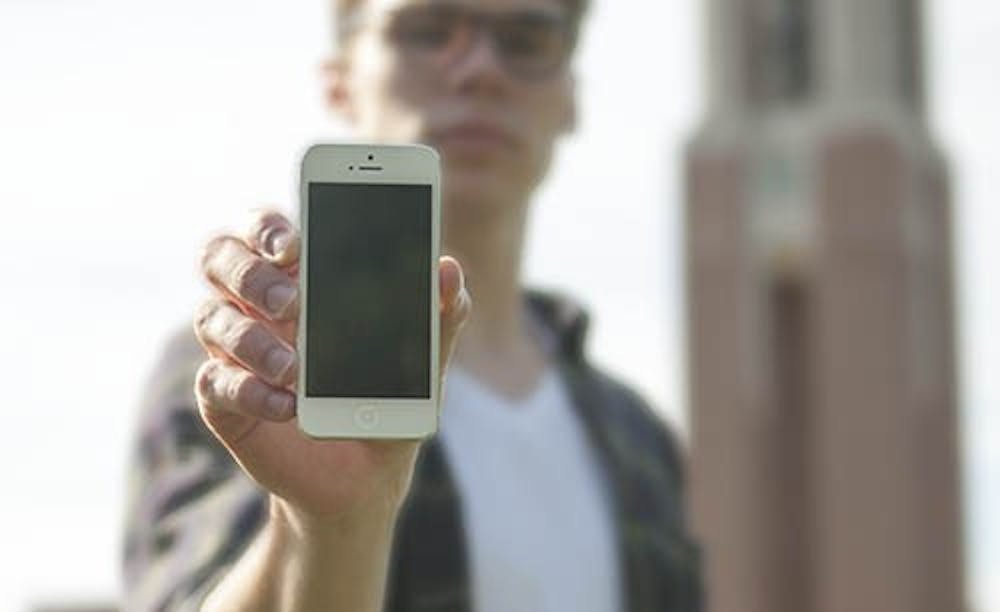In the past three years, the number of Ball State students who reported using a smartphone increased by 46 percent, and is expected to continue to rise along with tablet usage.
According to an annual Ball State study, 73 percent of students reported using a smartphone, compared to 27 percent in 2009.
“I feel like [73 percent] is low actually,” said Alex Kuka, a 2013 Ball State graduate. “To me it should be like 90 [percent].”
Kuka might not be too offbase. Director of Ball State’s institute of Mobile Media Research Michael Hanley believes that by next semester the numbers will swell to over 80 percent.
“Society is going mobile,” Hanley said. “[Academic institutions] have to be open to new ideas.”
There is also a new device on the horizon for mobile technology: tablets. According to the survey, only 30 percent of students owned a tablet, but that is a number Hanley sees rising to 60 percent by the end of next year.
“Smartphone sales are about to become saturated,” Hanley said. “Sales for tablets are going to go up faster than smartphones because they are cheaper and there are so many on the market.”
The influx of smartphones and tablets has not gone unnoticed by faculty. Hanley, who is also an advertising professor, said the technology has allowed for faster transmission of information in the classroom, and needs to be utilized cautiously.
“For getting grades to students, or quick information like that, online and mobile devices are great,” Hanley said. “But as far as students being able to retain higher learning, I’m not convinced.”
Senior Jim Donley said he prefers the formal, in-class method of learning more than new digitalized teaching. While Donley has a smartphone, which he got because of an upgrade, he does not have a tablet and his MacBook is on the edge of being considered archaic.
Hanley believes that the “normal technologies,” likelaptops and desktops are becoming a thing of the past, only used for specific duties that the smaller devices cannot perform.
As for in-class use, Hanley does not see much changing in the near future for a number of reasons. He, along with other faculty, guesses about 80 percent of time spent on smartphones in class has no educational value. He also said academia is traditionally slow to pick up new technology.
“I remember that it took the Internet 10 years to become academic,” Hanley said. “What happens is you have professors that have taught for 30 years, and they’ve seen three or four waves of technology, so they aren’t always interested to use new technology for lectures.”
Hanley said universities have to “stay ahead” and embrace new technologies because prospective students do,something he thinks Ball State has done well.
“Ball State is ahead of a lot of larger institutions in terms of utilizing technology simply because [it’s] faster,” Hanley said.


